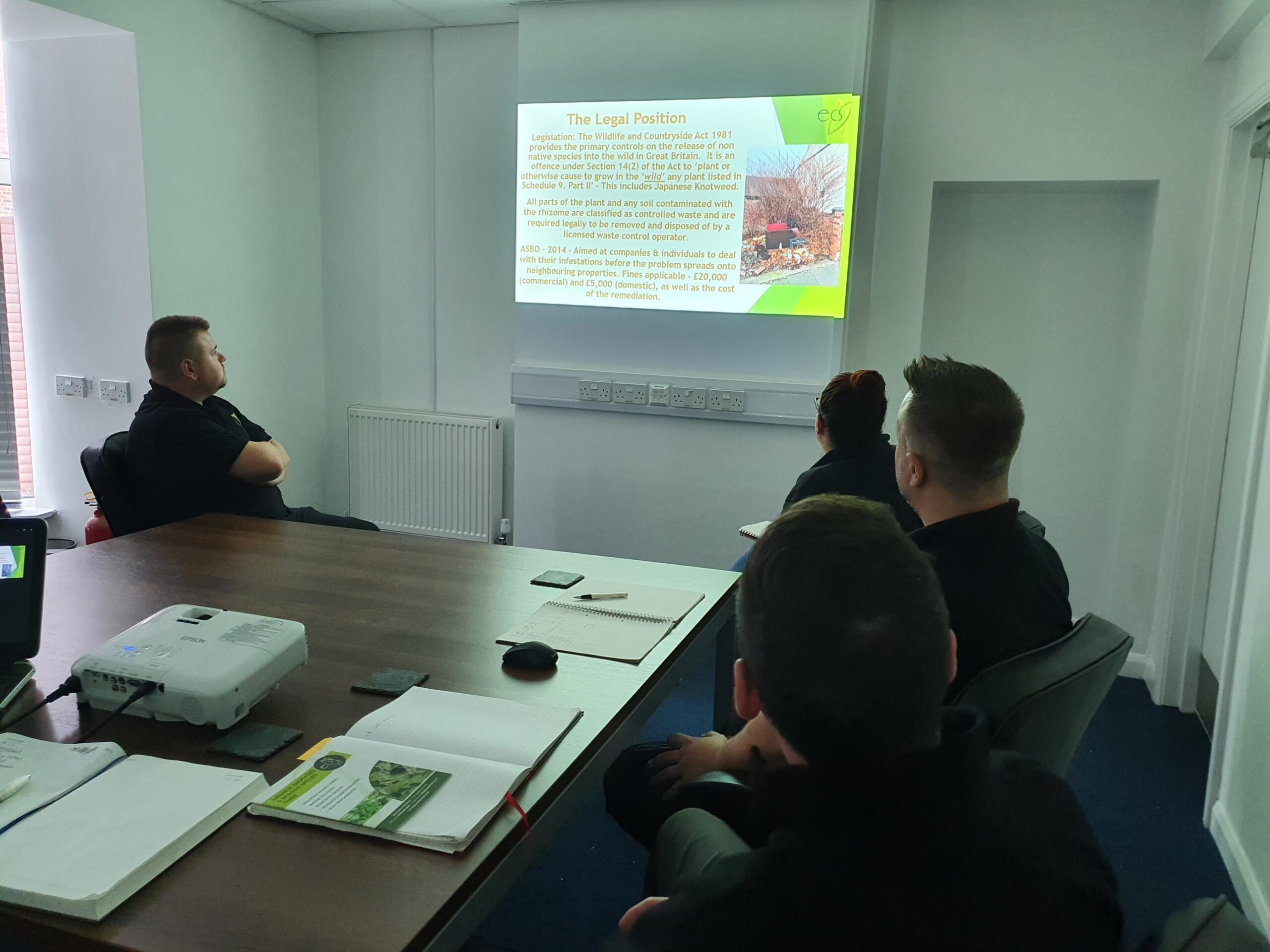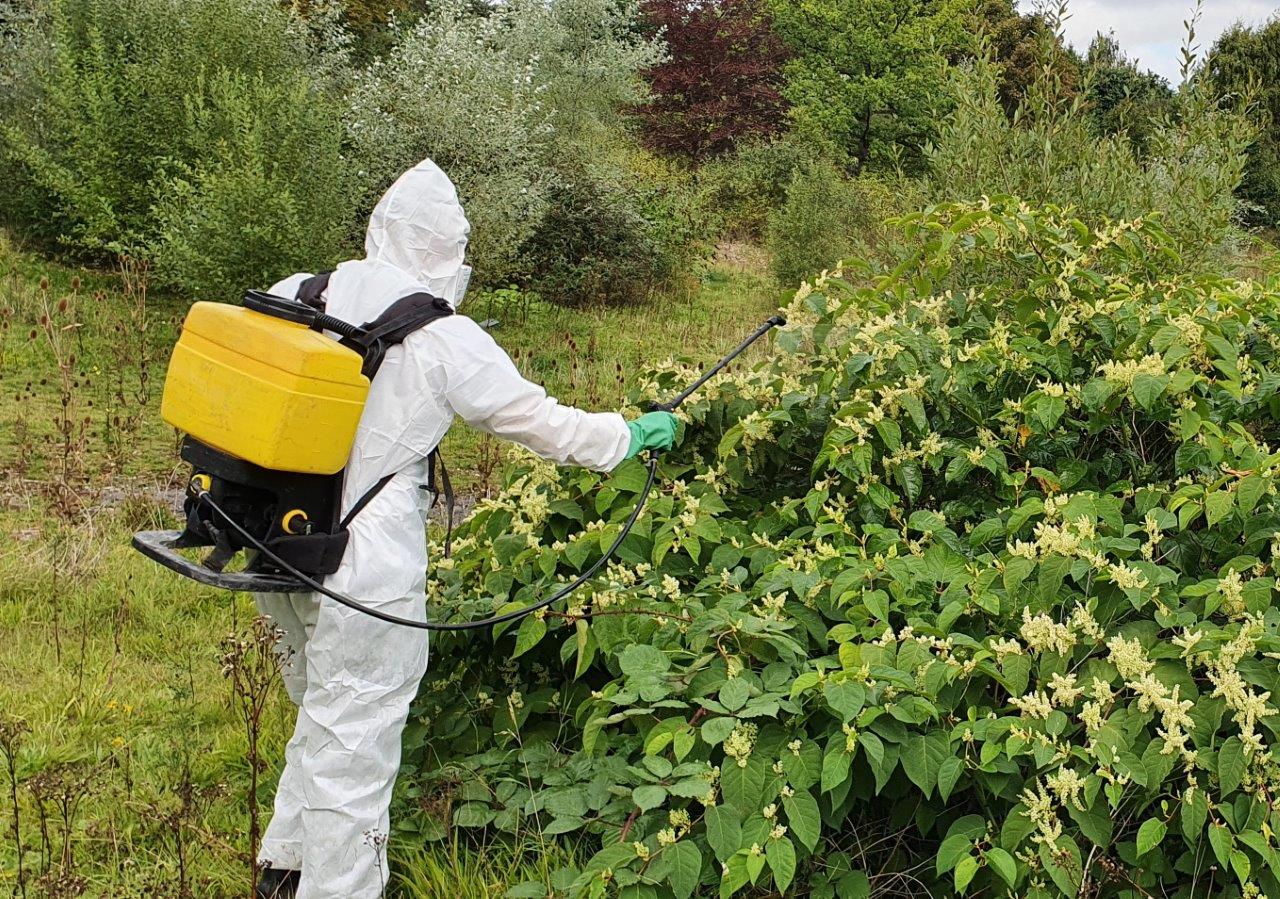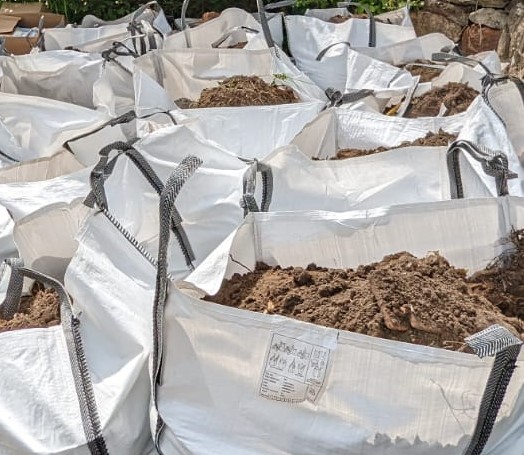Liability in private nuisance for spread of Japanese knotweed
Court of Appeal
Published: August 20, 2018
Williams and another v Network Rail Infrastructure Ltd
Before Sir Terence Etherton, Master of the Rolls, Lady Justice Sharp and Lord Justice Leggatt
[2018] EWCA Civ 1514
Judgment: July 3, 2018
A landowner’s knowledge of the presence of Japanese knotweed on its land in close proximity to other properties, along with actual or constructive knowledge of the risk of damage and loss of amenity to adjoining properties by encroachment of Japanese knotweed rhizomes, and the landowner’s failure reasonably to prevent such interference with the adjoining owners’ enjoyment of their properties gave rise to a cause of action in private nuisance.
The Court of Appeal so held in dismissing the appeal of the defendant, Network Rail Infrastructure Ltd, against an order of Mr Recorder Grubb, sitting in the Cardiff County Court on February 2, 2017, in favour of the claimants, Stephen Williams and Robin Waistell.
Mr David Hart, QC, and Ms Jessica Elliott for the defendant; Mr Tom Carter for the first claimant; Mr Stephen Tromans, QC, and Ms Nicola Atkins for the second claimant.
The Master of the Rolls said that the claimants were the freehold owners of two adjoining semi-detached bungalows in Maesteg, south Wales. The defendant owned the land behind the claimants’ properties, comprising an access path bordered by a post and wire fence leading to an embankment that dropped down to an active railway line.
The rear walls of the claimants’ properties immediately abutted the path owned by the defendant. On the embankment was a large stand of Japanese knotweed that had been present on the land for at least 50 years.
The claimants brought claims in private nuisance in 2015 on the basis that Japanese knotweed growing on the defendant’s land had caused damage to their properties. Each sought an injunction to require the defendant to treat and eliminate the knotweed on its land, and damages.
The recorder rejected the claim that encroachment upon their land without proof of damage amounted to a private nuisance, but held that the claimants had suffered a loss of amenity, which could include a diminution in the value of the properties protected by the tort of private nuisance.
Having concluded that since 2012 the defendant had failed to carry out its obligation as a reasonable landowner to eliminate and prevent interference with the quiet enjoyment of the claimants with their properties and that that breach of duty had caused a continuing nuisance and damage, he refused to grant an injunction, but awarded damages, including for the diminution in value of their properties. The defendant appealed.
In recent times a number of decisions at the highest level had introduced greater coherence and consistency to the legal principles governing the cause of action for private nuisance. The consequence was that it was neither necessary nor profitable to focus on historic cases of nuisance and the early development of the cause of action. The present principles were:
First, that a private nuisance was a violation of real property rights. It involved either an interference with the legal rights of an owner of land, including a legal interest such as an easement, or interference with the amenity of the land, that was, the right to use and enjoy it, which was an inherent facet of a right of exclusive possession.
Second, although nuisance was sometimes broken down into different categories, those were merely examples of a violation of property rights as described above.
Third, the proposition that damage was always an essential requirement of the cause of action for nuisance was not entirely correct and the concept of damage in the present context was highly elastic. In the case of nuisance through interference with the amenity of the claimant’s land, physical damage was not necessary to complete the cause of action.
Provided, by reference to all the circumstances of the case and the character of the locality, and according to the objective standards of the average person, that the interference with amenity was sufficiently serious, there would be an actionable private nuisance.
Fourth, nuisance could be caused by inaction or omission, as well as by some positive activity. An occupier would be liable for continuing a nuisance created by another person if, with knowledge or presumed knowledge of its existence, he or she failed to take reasonable means to bring it to an end when he or she had ample time to do so, or for failing to act with reasonable prudence to remove a hazard of which he or she was aware where it was reasonably foreseeable that it would risk damaging the neighbour’s land and it went on to do so.
Finally, the broad unifying principle was reasonableness between neighbours.
The recorder’s conclusion that the presence of Japanese knotweed on the defendant’s land within seven metres of the claimants’ properties was an actionable nuisance simply because it diminished the market value of the claimants’ respective properties was wrong in principle.
The purpose of the tort of nuisance was not to protect the value of property as an investment or a financial asset. Its purpose was to protect the owner of land (or a person entitled to exclusive possession) in their use and enjoyment of the land as such as a facet of the right of ownership or right to exclusive possession.
The recorder’s decision extended the tort of nuisance to a claim for pure economic loss. No authority was identified where the amenity of a property had been held, for the purposes of actionable private nuisance, to include the right to realise or otherwise deploy the value of the property in the owner’s financial interests. That would not be an incremental development of the common law by way of analogy, but a radical reformulation of the purpose and scope of the tort.
Japanese knotweed was rightly described as a pernicious weed. It could fairly be described as a “natural hazard” affecting the owner’s ability fully to use and enjoy the land. Japanese knotweed and its rhizomes were a classic example of an interference with the amenity value of the land.
The recorder had found that the defendant: (i) had actual knowledge of the presence of Japanese knotweed on its land behind the claimants’ bungalows in 2013; (ii) was or ought to have been aware of the risk of damage and loss of amenity to adjoining properties caused by the close proximity of Japanese knotweed in 2012; and (iii) had failed reasonably to prevent the interference with the claimants’ enjoyment of their properties.
That was sufficient, on the principles set out above, to give rise to a cause of action in nuisance. If and in so far as damage was required to complete the cause of action, it was constituted by the claimants’ diminished ability to use and enjoy the amenity of their properties.
Although the point had not been considered before, there was no reason why, in appropriate circumstances, as in the present case, a claimant should not to be able to obtain a final mandatory injunction where the amenity value of the land was diminished by the presence of roots, even though there had been no physical damage.
The legal position concerning nuisance caused by the encroachment of branches or roots of trees should not undermine the claimants’ right in the present case to claim damages for nuisance by reason of the encroachment of Japanese knotweed and its rhizomes from the defendant’s land.
Accordingly, the recorder’s decision was upheld, but for different reasons.
Lady Justice Sharp and Lord Justice Leggatt agreed.
Latest News & Insights
With over 50 collective years experience in the Japanese Knotweed & invasive weed sector you can trust our expert service...
Nationwide Coverage
- Birmingham
- Cork
- Cardiff
- Dublin
- Edinburgh
- Inverness
- London
- Manchester
- Nottingham
- Norwich
- Taunton
- Wakefield
Call us on: 0330 363 9555
Email us at: info@ecocontrol.co.uk









